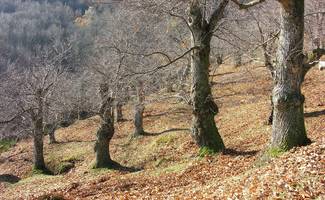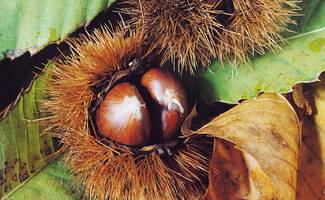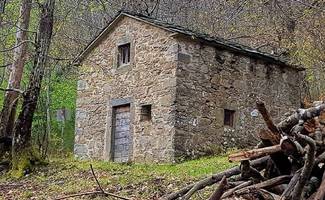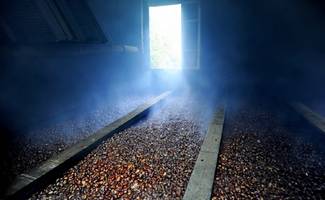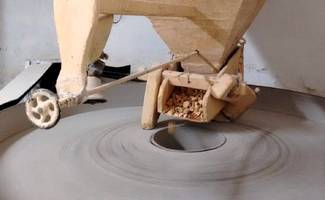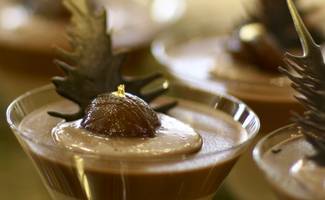
Chestnuts of the Bisenzio Valley
Nestled in the heart of the Tuscan-Emilian Apennines, the Bisenzio Valley reveals itself as a still-authentic and wild corner of Tuscany. It is in this setting, amidst wooded ridges and an ideal climate, that the "bread of the poor" has thrived for centuries: the chestnut.
The chestnut is not just a fruit for the Bisenzio Valley, but a cornerstone of its history and identity. For generations, the chestnut groves have been tended like a veritable mountain garden, providing sustenance in times of poverty. It is said that precious local varieties were carefully harvested and subjected to a truly ritualistic process: drying in cannicciaia (drying rooms).
In these ancient stone and wood structures, the chestnuts were placed on a rack (canniccio) and smoked for about a month over a slow, steady fire, fueled exclusively with chestnut wood. After drying, it was time for beating, a peasant practice that once became almost a celebration, with the chestnuts beaten to separate them from their husks. Today, although machines are used, the scent and memory of that ritual remain alive.
The arrival of the chestnut has always been celebrated in the valley. Autumn lights up with folk festivals and markets where the focus is on the flavors of the forest and the precious chestnut flour, recognized as a Traditional Agri-Food Product (PAT). Events like "Dolce Vernio" highlight the sweetness of this product.
The flour, slowly stone-ground, is fine and impalpable, with a sweet flavor and a slightly bitter aftertaste. This "fragrant talcum powder" is the basis of countless recipes that are the soul of local cuisine: Castagnaccio, a simple yet irresistible peasant cake, enriched with pine nuts and rosemary; sweet, warm, and comforting Polenta, often accompanied by fresh ricotta or a drizzle of good mountain honey; soft, golden pancakes, a sugary pleasure to enjoy at the end of a meal; and biscuits and cakes, as the flour is also used to make the typical "Sassi della Calvana", biscuits that combine the sweetness of chestnuts with other local ingredients like pine nuts and olive oil.
The Bisenzio Valley chestnut, in all its forms, is the tangible story of a valley that has preserved the authentic flavors and slow rhythms of its mountains. It is not just an ingredient, but a legacy that invites you on a sensory journey through the history and traditions of the Apennines.
